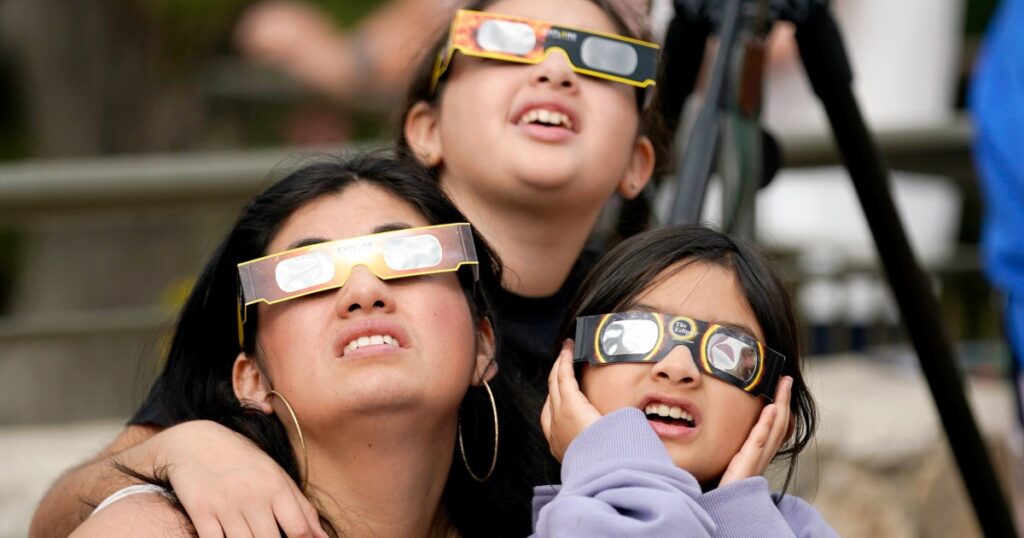On Monday, when the moon passes between the sun and the Earth and causes a total solar eclipse, more than 30 million people across the United States will be under the moon’s shadow for the otherworldly experience. But the cosmic spectacle won’t just be an awe-inspiring sight; it will also be an opportunity for members of the public to get involved in cutting-edge science. From using a smartphone app to help create a movie of the eclipse to gathering information about the shape of the sun and cloud coverage on Earth, ordinary people with no experience in astronomy can become a scientist for a day.
Despite our sun’s constant presence, remarkably, its precise shape is not known.
Despite our sun’s constant presence, remarkably, its precise shape is not known. A free phone app called SunSketcher will let volunteer observers along the eclipse’s path of totality — the thin region where the sun is completely blocked out — capture their views of the rare astronomical event. Researchers hope studying the images taken with these ubiquitous devices will reveal the last drops of sunlight, also known as Baily’s beads, that pass through the valleys on the moon’s surface just before and after totality.
“You only need one piece of equipment, and that’s your phone,” Gordon Emslie, a professor of physics and astronomy at Western Kentucky University and leader of the SunSketcher project, told me.
“Because we know the exact shape of the moon, the timing of when those beads flash on and off gives us very precise information on the shape of the sun in the background,” Emslie added.
He encourages project participants to start the app and prop up their phones facing the sun at least five minutes before the moon masks the Sun so as not to interrupt their overall eclipse viewing experience. The app will handle the rest.
Patricia Reiff, an astronomy professor at Rice University, is the southwest regional director for Citizen CATE, a participatory science project…
Read the full article here





